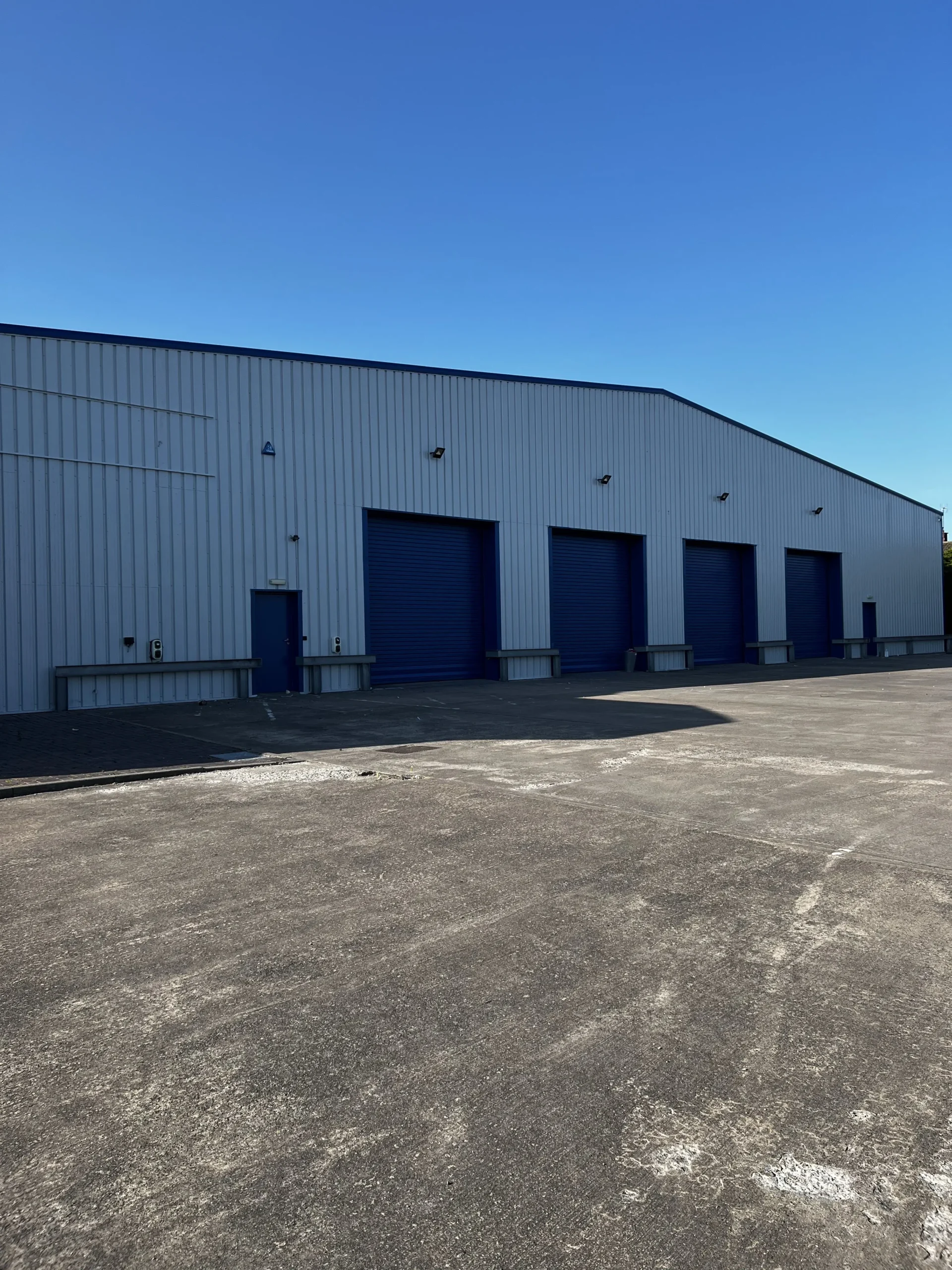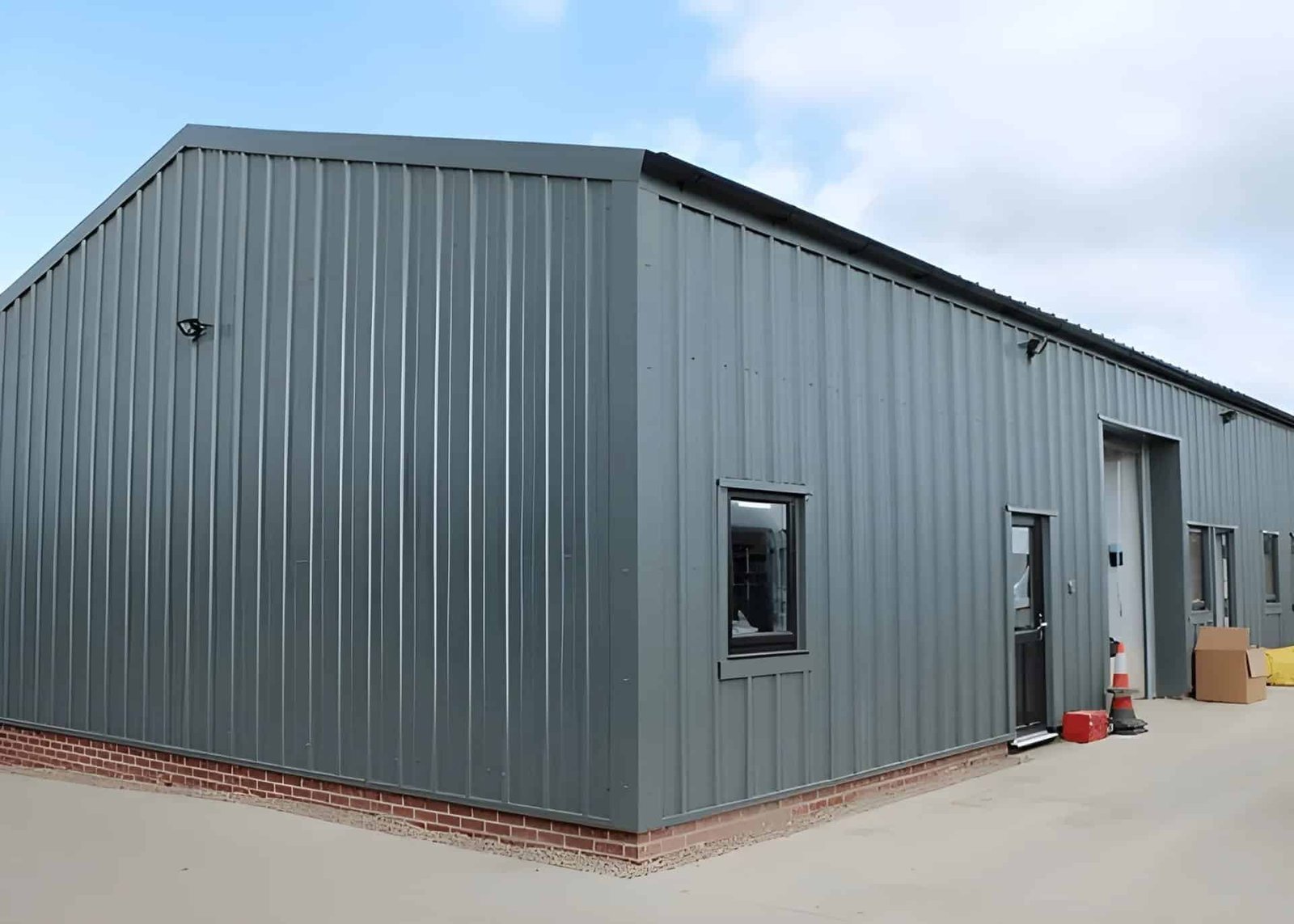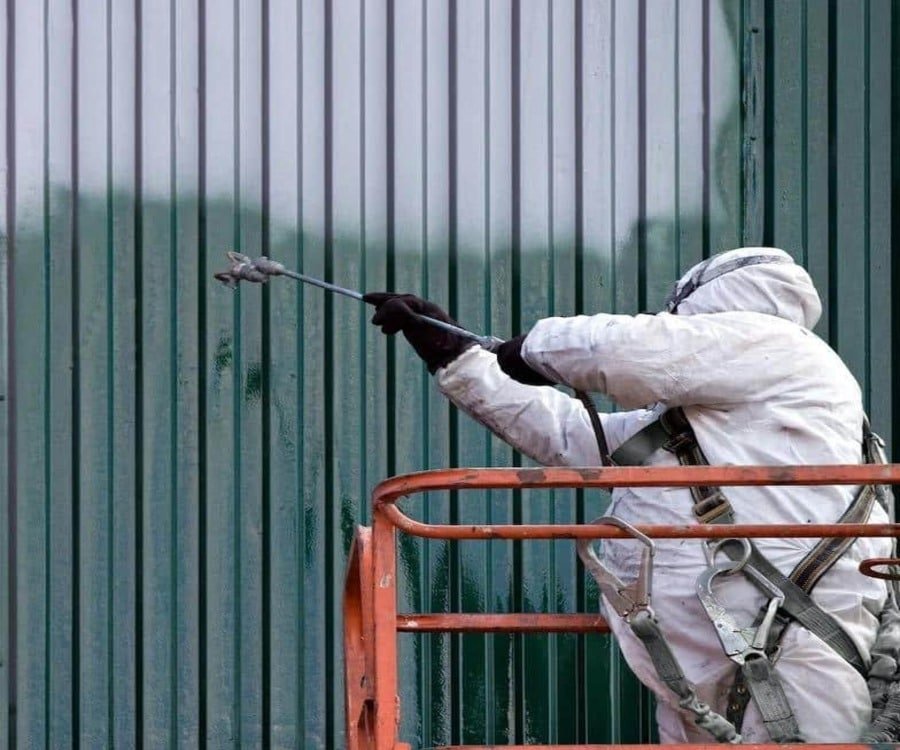When it comes to safeguarding your commercial property, cladding paint plays a crucial role in both protection and aesthetics. This comprehensive guide will walk you through everything you need to know about cladding paint, its benefits, and how to ensure your building is adequately protected. Whether you’re managing a warehouse, educational facility, or retail park, understanding the importance of cladding paint is essential for maintaining your property’s value and appearance.
What is Cladding Paint and Why is it Important?
Cladding paint is a specialised coating designed to protect and enhance the exterior surfaces of buildings. It’s particularly important for commercial and industrial structures that face constant exposure to the elements. Unlike regular paint, cladding paint is formulated to adhere to various materials such as metal, wood, and composite panels, providing a durable barrier against weather, pollution, and wear.
The importance of cladding paint extends beyond mere aesthetics. It serves as a vital line of defence for your building’s structural integrity, preventing corrosion, moisture ingress, and UV damage. By investing in quality cladding paint, property owners can significantly extend the lifespan of their building’s exterior while maintaining a professional appearance.
The Benefits of Using Cladding Paint for Commercial Properties
Applying cladding paint to your commercial property offers numerous advantages. Firstly, it provides excellent weather resistance, protecting your building from rain, snow, and harsh sunlight. This protection helps prevent issues like rust on metal cladding or warping in wood cladding. Additionally, cladding paint can improve energy efficiency by reflecting heat, potentially reducing cooling costs during warmer months.
Another significant benefit is the aesthetic improvement. A fresh coat of cladding paint can transform the appearance of an ageing building, making it look modern and well-maintained. This can be particularly important for businesses that rely on their premises to make a good first impression on clients and customers.

Types of Cladding Paint: Choosing the Right Option
When it comes to cladding paint, one size doesn’t fit all. Different materials and environmental conditions require specific types of paint to ensure optimal protection and longevity. For metal cladding, epoxy-based paints are often preferred due to their excellent adhesion and corrosion resistance. These paints create a hard, durable finish that can withstand harsh industrial environments.
For wood cladding, breathable acrylic paints are typically recommended. These allow moisture to escape from the wood while still providing protection against the elements. Silicone-based paints are another option, offering superior water repellency and UV resistance. When selecting cladding paint, it’s crucial to consider factors such as the building’s location, exposure to sunlight, and local weather patterns to choose the most suitable product.
The Application Process: How Cladding Paint is Applied
The application of cladding paint is a meticulous process that requires expertise and specialised equipment. It typically begins with a thorough cleaning of the surface to remove dirt, grime, and any loose paint or rust. This may involve pressure washing, chemical cleaning, or even sandblasting for severely deteriorated surfaces. Once clean, the surface is inspected for any damage that needs repair before painting can begin.
The paint is usually applied using industrial spray equipment, which ensures an even coat and can reach difficult areas. Multiple layers may be necessary, with each coat allowed to dry before the next is applied. This process requires skill and precision to achieve a smooth, uniform finish that will protect the cladding effectively. Professional cladding spraying services, such as those offered by experienced commercial painting companies, can ensure the job is done correctly and efficiently.
Maintaining Your Cladding Paint: Tips for Longevity
To maximise the lifespan of your cladding paint and keep your building looking its best, regular maintenance is essential. This includes periodic inspections to check for any signs of wear, damage, or paint failure. Catching and addressing issues early can prevent more extensive and costly repairs down the line.
Regular cleaning is also crucial. Gentle pressure washing or soft brushing with a mild detergent solution can remove dirt and pollutants that could otherwise degrade the paint over time. It’s important to avoid harsh chemicals or abrasive cleaning methods that could damage the paint surface. Additionally, touch-ups may be necessary in high-wear areas or where minor damage has occurred. By following these maintenance tips, you can significantly extend the life of your cladding paint and protect your investment.

The Environmental Impact of Cladding Paint
As sustainability becomes an increasingly important consideration in construction and maintenance, it’s worth examining the environmental impact of cladding paint. Many modern cladding paints are formulated to be more environmentally friendly, with low VOC (Volatile Organic Compound) content and reduced harmful emissions during application and curing.
Some cladding paints even offer additional environmental benefits. For example, certain formulations can improve a building’s thermal performance, reducing energy consumption for heating and cooling. When choosing cladding paint, look for products that meet or exceed environmental standards and consider how they might contribute to your building’s overall sustainability profile. By selecting eco-friendly options, you can protect your property while also minimising your environmental footprint.
Cost Considerations: Investing in Quality Cladding Paint
While the initial cost of high-quality cladding paint and professional application may seem significant, it’s important to consider the long-term value. Cheaper paints or DIY applications might save money upfront but often lead to more frequent repainting and potential damage to the underlying cladding. Quality cladding paint, properly applied, can last for many years, providing ongoing protection and maintaining your building’s appearance.
When budgeting for cladding paint, consider factors such as the size of your building, the type of cladding material, and the level of preparation required. It’s also worth factoring in the potential savings from improved energy efficiency and reduced maintenance costs over time. Ultimately, investing in quality cladding paint is an investment in your property’s future, potentially saving money and headaches in the long run.
Common Issues with Cladding Paint and How to Avoid Them
Even with the best cladding paint, issues can arise if proper care isn’t taken during application or if maintenance is neglected. Common problems include peeling, blistering, and fading. Peeling often occurs when the paint hasn’t adhered properly, which can be due to inadequate surface preparation or applying paint in unsuitable weather conditions. Blistering might indicate moisture trapped beneath the paint surface, while fading is typically caused by prolonged exposure to UV light.
To avoid these issues, ensure that the cladding surface is properly prepared before painting, including thorough cleaning and any necessary repairs. Choose a paint that’s suitable for your specific cladding material and environmental conditions. Professional application can also help prevent many common problems, as experienced painters understand the nuances of different paints and application techniques. Regular inspections and maintenance can catch any issues early, preventing them from becoming more serious problems.

The Future of Cladding Paint: Innovations and Trends
The world of cladding paint is constantly evolving, with new technologies and formulations emerging to meet changing needs and environmental standards. One exciting trend is the development of “smart” paints that can change colour in response to temperature fluctuations, potentially improving a building’s energy efficiency. Another innovation is the incorporation of nano-materials into paint formulations, enhancing durability and self-cleaning properties.
As sustainability continues to be a priority, we’re likely to see more eco-friendly options hitting the market. These might include paints made from recycled materials or those that actively absorb pollutants from the air. Keep an eye on these developments, as they could offer new ways to protect and enhance your building while aligning with environmental goals.
Choosing a Professional Cladding Paint Service
While some property owners might be tempted to tackle cladding painting as a DIY project, the complexity of the process and the importance of a high-quality finish make professional services a wise choice. When selecting a cladding paint service, look for companies with extensive experience in commercial and industrial painting. Check their credentials, including any relevant certifications or partnerships with reputable paint manufacturers.
A professional service should offer a comprehensive approach, from initial assessment and preparation to the final coat and follow-up inspections. They should be able to advise on the best type of paint for your specific needs and provide a detailed quote and timeline for the project. Don’t hesitate to ask for references or examples of their previous work. By choosing a reputable, experienced service, you can ensure that your cladding paint project is completed to the highest standards, providing long-lasting protection and value for your property.

Conclusion: Protecting Your Investment with Cladding Paint
Cladding paint is more than just a cosmetic enhancement for your commercial property; it’s a crucial element in protecting your investment and maintaining your building’s integrity. By understanding the importance of quality cladding paint, choosing the right type for your needs, and ensuring proper application and maintenance, you can significantly extend the life of your building’s exterior and improve its overall performance.
Remember, the key to successful cladding protection lies in careful planning, quality materials, and expert application. Whether you’re refurbishing an existing structure or finishing a new build, investing in professional cladding paint services can pay dividends in the long run. For more information on cladding paint solutions and expert application services, contact a professional cladding spraying service to discuss your specific needs and get started on protecting your property today.
By following this comprehensive checklist and understanding the nuances of cladding paint, you can ensure that your building is not just protected, but also maintains its aesthetic appeal and value for years to come. Don’t wait until you see signs of wear or damage – proactive maintenance with quality cladding paint is the smart choice for any commercial property owner. Explore professional cladding spraying services to keep your building in top condition.
